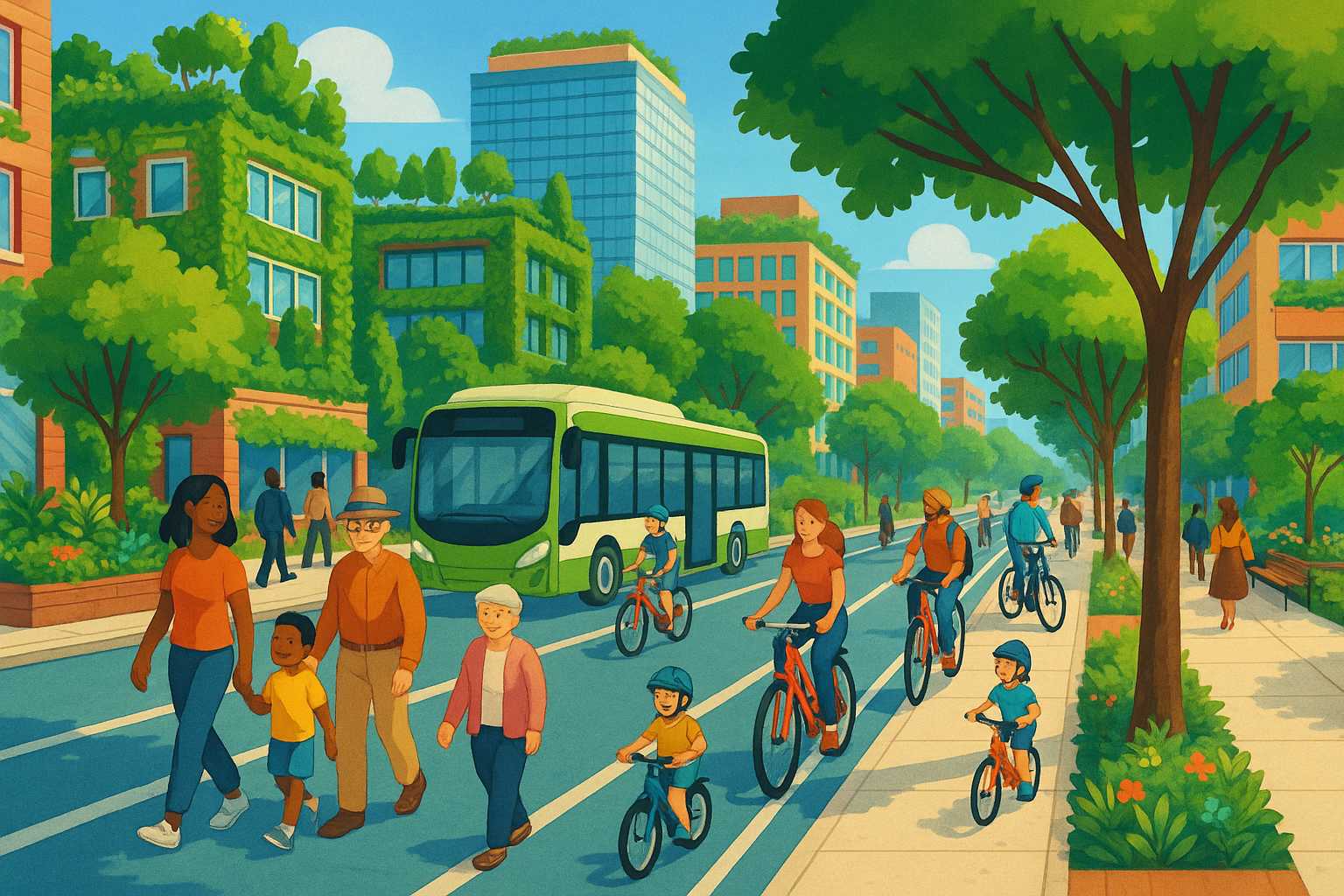As cities expand and populations grow, the choices we make about getting from one place to another profoundly shape our quality of life and the environment. In recent years, there’s been a notable shift in urban infrastructure planning, with sustainability and well-being at the forefront. The result? The rise of the "green commute"—transportation options that are not only eco-friendly but also foster healthier habits and more connected communities.
Rethinking Daily Mobility
Traditional city layouts prioritized cars, but this model has proven unsustainable, leading to pollution, congestion, and diminished public spaces. Now, city planners and local governments worldwide are investing in infrastructure that prioritizes walking, cycling, and public transit. Wider sidewalks, protected bike lanes, green corridors, and robust public transportation networks are becoming city staples, empowering citizens to choose active and low-impact travel methods.
Benefits Beyond Carbon Reduction
The advantages of sustainable commuting extend well beyond emissions reduction. Walking and cycling integrate movement into daily routines, lowering stress and enhancing physical health. Public transit, when designed effectively, brings neighborhoods closer, supports local businesses, and reduces social isolation. Importantly, greener commutes help reclaim streets for people, encouraging community engagement and a shared sense of place.
Innovations and Adaptability
Emerging technologies—like real-time transit apps, e-bikes, and micro-mobility solutions—make sustainable commuting increasingly convenient. Additionally, cities are piloting initiatives such as car-free days, parklets, and urban greening projects that invite residents to imagine and experience their streets differently.
Moving Forward Together
The shift to sustainable urban transportation requires collaboration among city leaders, businesses, and citizens. By supporting and using eco-friendly commuting options, communities can reduce their environmental impact while enhancing livability and well-being.
The future of urban mobility is greener, more inclusive, and filled with opportunity. Each step, pedal, or bus ride taken on this path moves us nearer to cities that are not just efficient, but truly thriving.


Leave a Reply